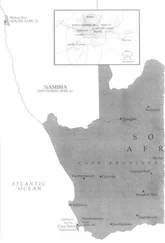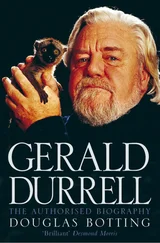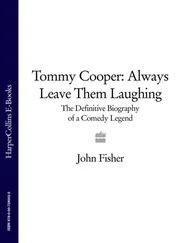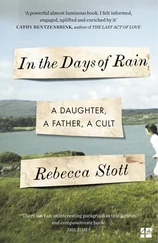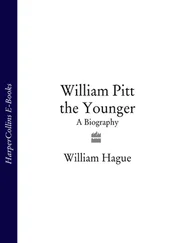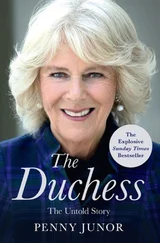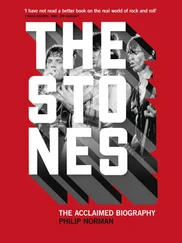Mandela was coming closer to the Indians. He was impressed by their progress from speech-making and resolutions to mass action, in contrast to the inertia of the ANC. He was struck by the solidarity and sacrifice of the protesters, who included both militant and conservative Indians, and he admired both Naicker and Dadoo. 8In Johannesburg he was now meeting many Indians, and found himself personally at ease with them. A flat in downtown Johannesburg, 13 Kholvad House, in Market Street, had become a crucial meeting-place between the races. There Mandela would meet Ismail Meer, Ruth First, Yusuf Cachalia and many other Indian and white communists in a relaxed atmosphere. He also spent much time at the home of Amina Pahad (whose two sons Aziz and Essop were later to join the Mandela government), where they would all eat curry and rice with their fingers. It reminded him of his childhood at Jongintaba’s Great Place. 9And after some early arguments he worked closely with Ahmed Kathrada, a young Indian communist who was to spend twenty-five years with him in prison.
Through his Indian friends Mandela became more interested in India itself, which was then on the verge of independence, and in the achievements of Gandhi and his disciple Jawaharlal Nehru. ‘When we were starting the struggle we really had very little to go by from the leadership in our country,’ he recalled, ‘because their experiences were not reduced to writing, whereas people like Gandhi and Nehru had recorded their experiences. So we had to look up to them, and their influence was tremendous.’ He was more influenced by Nehru, who was not a pacifist, than by Gandhi: ‘When a Maharajah tried to stop him he would push him aside. He was that type of man, and we liked him because his conduct indicated how we should treat our own oppressors. Whereas Gandhi had a spirit of steel, but nevertheless it was shown in a very gentle and smooth way, and he would rather suffer in humility than retaliate.’ 10
The Indian passive resisters in South Africa in 1946 and 1947 taught Mandela and other African politicians an important lesson. Only a few non-Indians joined them (including the radical British monk Michael Scott), but they soon attracted support from the ANC. In 1947 the ANC president Dr Xuma joined with Naicker and Dadoo in the so-called ‘Doctors’ Pact’, which promised co-operation between the ANC and the two Indian Congresses. Xuma reinforced the alliance by appearing at the first session of the United Nations in New York in company with an Indian representative, H.A. Naidoo, to protest against the ‘Ghetto Act’, thus initiating the UN’s campaigns against racism. Mandela would come to see this pact as the origin of all the later collaborations between the races, and many young Indians were inspired by the prospect of racial co-operation. 11‘It was this pact which gave me and my generation a sense of what it is to be South African,’ said Kader Asmal, later Minister of Water Affairs in Mandela’s government. 12
But at the time, Mandela opposed closer political co-operation with Indians. He was convinced that only separate Congresses could effectively mobilise their masses, and was worried that the Indians or the Communist Party would take over or dominate the ANC for their own purposes, watering down the concept of African nationalism. 13He still had a burning sense of the Africans’ special suffering and identity, and he felt defensive, both personally and politically, in face of the more qualified and sophisticated Indians.
The two showdowns of 1946 both ended in defeat. The African Mineworkers’ Union was effectively destroyed, not to be resurrected until the 1980s, and the Indians were increasingly restricted to their ghettos. 14The setbacks left a deep mark on Mandela and other young black politicians. The Old Guard of delegations and petitions, epitomised by the Native Representative Council, was now discredited, and there were signs of a more courageous leadership emerging among the Indians and the communists.
The independence of India in August 1947 provided a powerful precedent for the struggle in South Africa, as in the rest of the continent, by showing how an established ruling power could be defeated by a unified and organised mass-movement. India’s first Prime Minister, Nehru, had been urging Indians to co-operate with Africans in South Africa ever since 1927, and he would soon show himself a determined ally of both Congresses, making India the first country to impose sanctions against South Africa. 15Mandela would always be grateful to Nehru for this. The influence of Indian communists would become an obsession for both the South African and the British governments, but Nehru, without being a communist, could provide a broader message for Mandela and others, to see beyond racial and local nationalism. ‘Nationalism is good in its place,’ Mandela would quote Nehru, ‘but it is an unreliable friend and an unsafe historian. It blinds us to many happenings and sometimes distorts the truth, especially when it concerns us and our country.’ 16
The ANC Youth League in the meantime was moderating some of its nationalism. In July 1947 its firebrand founder Anton Lembede suddenly died, aged thirty-three, only a few hours after Mandela had been talking to him. 17Mandela was appalled; but Lembede’s successor Peter Mda proved a clearer political thinker and a greater influence (though Mandela would later find him too cautious). 18Mda was a spellbinding talker, with a rich vocabulary, a small head and a huge laugh. The son of a Xhosa shoemaker, he had been educated by Catholics, and as a former teacher and lawyer he had both practical and intellectual training. 19
Mandela himself became Secretary of the Youth League, responsible for political organisation and setting up branches. 20With Mda he recruited more members beyond the Transvaal, in Natal and the Cape. He tried to infiltrate African schools, visiting St Peter’s in Johannesburg, where Oliver Tambo had taught, in an attempt to address the students. But the headmaster, D.H. Darling (as he told Tambo afterwards) felt he could not allow the school to be used as a platform. 21Mda had more success at Fort Hare, where he persuaded a young lecturer in anthropology, Godfrey Pitje, to start a branch of the Youth League, to ‘soak them in our nationalistic outlook’ and to work hand-in-hand with the executive in Johannesburg, ‘of which the general secretary is N.R.D. Mandela Esq, BA, a law student’. 22Pitje’s professor, Z.K. Matthews, was sceptical of the ‘armchair intellectualism’ of the Youth League but did not prevent it from operating in Fort Hare. The university became the Youth League’s most valuable seedbed, attracting a militant new generation of students that included Robert Sobukwe, Joe Matthews and T.T. Letlaka, into the ANC. 23
Mda insisted that he was not against white men as such, only against white domination: but he warned that Africans could not expect whites to side with them ‘at the time when the horizontal colour bar gave them a privileged way of life’. 24He wrote a new manifesto for the Youth League, less rhetorical and more analytical than Lembede’s, which Mandela approved. It defined African nationalism as ‘the militant outlook of an oppressed people seeking a solid basis for waging a long, bitter and unrelenting struggle for its national freedom’. It warned Africans not to ‘look up to Europeans either for inspiration or for help in their political struggle’. But it was more conciliatory about Indians, recognising that they were an oppressed group who ‘had not come to South Africa as conquerors and exploiters, but as the exploited’. 25
Mandela, in spite of his Indian friendships, was still worried that Indians would dominate the ANC in the Transvaal. 26The tension came to a head after a ‘Votes for All’ campaign was launched in May 1948 at a ‘People’s Assembly’ in Johannesburg, opened by Michael Scott, demanding universal suffrage. The Transvaal branch of the ANC was divided: Mandela complained that the People’s Assembly had bypassed existing organisations, while Walter Sisulu insisted that Africans must find allies where they could. 27Mandela and Tambo went to a meeting of the Indian Congress with Sisulu, and were so angry when he supported the Indians’ arguments that they did not talk to him after the meeting, and departed in different directions. 28But they were gradually becoming less suspicious of communist friends like J.B. Marks and Moses Kotane. ‘If Moses represents the Party,’ said Tambo, ‘I don’t think I will quarrel with it.’ 29
Читать дальше

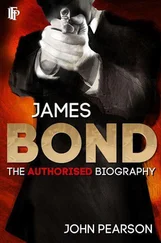
![Мик Уолл - Когда титаны ступали по Земле - биография Led Zeppelin[When Giants Walked the Earth - A Biography of Led Zeppelin]](/books/79443/mik-uoll-kogda-titany-stupali-po-zemle-biografiya-thumb.webp)
